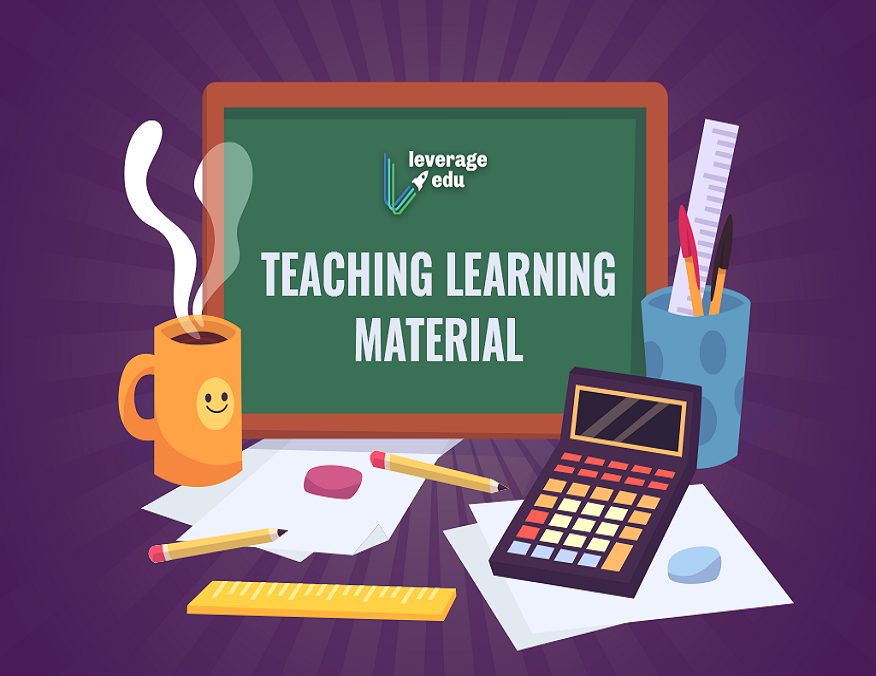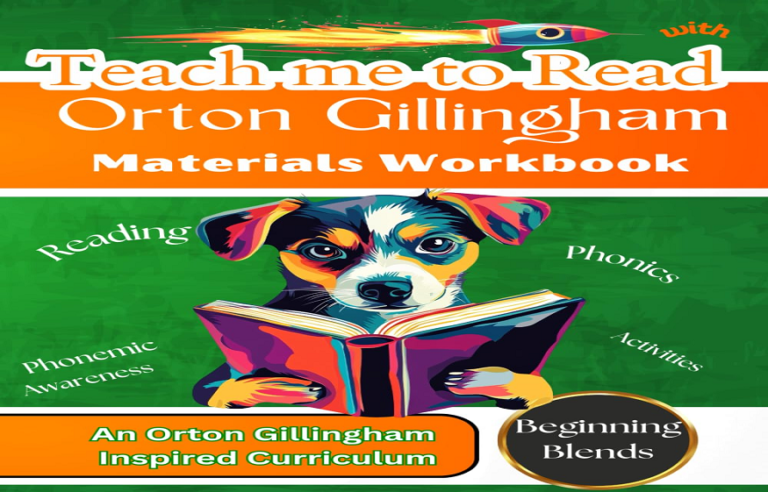
This sentence destroys the traditional educational process which depends on rote learning and memorization, in which the task of education and the transmission of information rests solely with the teacher, which places an additional burden on the latter. and holds him accountable for the success or failure of the process, which is unfair to the teacher, so the last part of the sentence (involve me and I will understand), emphasizes that this partnership is in the interest of the student and the teacher as it promotes a more holistic approach that focuses on individual student needs and takes some of the responsibility and fatigue away from teaching the class to the teacher.
This is called active learning, where the teacher ways to teach and learn is an information initiator who equips his students with the intellectual tools that promote learning rather than stuffing them with curriculum knowledge. .
There are many methods that an educator can use in the classroom, but teachers often think that active learning means a class with an ideal number of students and high financial capabilities and many modern tools and methods that cannot be applied without it, and the fact is that there are many simple tools that the teacher can use without resorting to additional tools or modern technologies that are not often available in our schools. because there are methods that enrich the class and make it more beautiful and active.
Which have demonstrated a clear difference in the results obtained by the students:
1. Brainstorm
This method relies on summoning as much information about a specific topic or idea, and Alex Osborne created it in 1939 as a problem-solving and decision-making method and published his book in 1953 and he set the rules and foundations for managing brainstorming sessions.
The goal of the method is to collect as many ideas as possible, from the most common to the most unexpected, before sorting and reformulating them. This method is used to produce ideas, to broaden the field of possible solutions, to list all imaginable leads, to review all the theoretical solutions.
2. Stories
You can use short stories as an introduction to the lesson and an attractive opening instead of the usual beginning: today will be our lesson on …….. and you will start saying what you have.
Do not write the title of the lesson on the blackboard, but tell a short story in an attractive and interesting style, accompanied by expressive facial expressions and changing voice tones that suit the characters in the story, then ask them what happened and relate it to the topic you will be presenting.
3. Kinetic collective games
Sitting in a classroom for five or six hours at a stretch is very boring and tiring for learners and sometimes students hate school and studying which can make them lethargic and absorptive is limited. To make the lessons better, games must be created to stimulate empathy and solidarity in groups of students.
4. Theater and role-playing
Doing theater is a way to capture the student’s attention so as not to get bored in class. By performing the lesson in the form of a play about a history lesson or a geographical trip to the countries of the world to learn about the topography and its environment and the way of life of its residents.
5. Colored Cards
It is a way based on colored sheets. It can be written on it the words of the new English language that the students have to learn and make a competition on their part to learn the word and its meaning and match them or form a correct sentence in the French language or arrange the dates of the battles in a certain historical period, perhaps organize them as laws of physics and relate them to their symbols and units and give each law a certain color to make it easier to memorize and distinguish among students, and maps can also be distributed to the students after dividing them into groups and asking them to organize them as they see them, or do it on the blackboard in front of all the students.




